TRIMETHYL CITRATE
- CAS NO.:1587-20-8
- Empirical Formula: C9H14O7
- Molecular Weight: 234.2
- MDL number: MFCD00025889
- EINECS: 216-449-2
- SAFETY DATA SHEET (SDS)
- Update Date: 2025-01-27 09:38:02
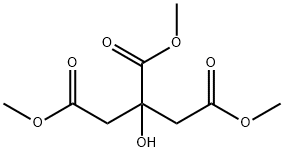
What is TRIMETHYL CITRATE?
Chemical properties
Colorless crystals. M.P. 79℃. B.P. 287℃. (decomposes). Slightly soluble in water, soluble in alcohol and oils.
The Uses of TRIMETHYL CITRATE
Trimethyl Citrate is a reagent used in the preparation of citrate-ciprofloxacin conjugates which has antibacterial activity.
What are the applications of Application
Trimethyl citrate is a plasticizer
Preparation
Trimethyl citrate is produced by direct esterification of Citric acid with Methanol using the old-fashioned method with 3% sulfuric acid and reflux to complete the esterification.
General Description
Trimethyl citrate is one of the constituents of Dioscorea opposita. The IC50 value for monoamine oxidase-B of trimethyl citrate was studied.
Flammability and Explosibility
Not classified
Properties of TRIMETHYL CITRATE
| Melting point: | 75-78 °C |
| Boiling point: | 176 16mm |
| Density | 1.3363 (rough estimate) |
| vapor pressure | 1.3hPa at 20℃ |
| refractive index | 1.4455 (estimate) |
| storage temp. | Sealed in dry,Room Temperature |
| solubility | Chloroform (Sparingly), Methanol (Slightly) |
| form | Solid |
| pka | 10.43±0.29(Predicted) |
| color | White to Off-White |
| Odor | at 100.00 %. ethereal fruity |
| Water Solubility | 53.2g/L at 20℃ |
| BRN | 1796169 |
| CAS DataBase Reference | 1587-20-8(CAS DataBase Reference) |
| EPA Substance Registry System | 1,2,3-Propanetricarboxylic acid, 2-hydroxy-, trimethyl ester (1587-20-8) |
Safety information for TRIMETHYL CITRATE
| Signal word | Warning |
| Pictogram(s) |
 Corrosion Corrosives GHS05 |
| GHS Hazard Statements |
H314:Skin corrosion/irritation |
| Precautionary Statement Codes |
P271:Use only outdoors or in a well-ventilated area. P280:Wear protective gloves/protective clothing/eye protection/face protection. P310:Immediately call a POISON CENTER or doctor/physician. P363:Wash contaminated clothing before reuse. P301+P330+P331:IF SWALLOWED: Rinse mouth. Do NOT induce vomiting. P304+P340:IF INHALED: Remove victim to fresh air and Keep at rest in a position comfortable for breathing. P305+P351+P338:IF IN EYES: Rinse cautiously with water for several minutes. Remove contact lenses, if present and easy to do. Continuerinsing. P403+P233:Store in a well-ventilated place. Keep container tightly closed. |
Computed Descriptors for TRIMETHYL CITRATE
New Products
3-Iodophenylacetic acid 3-Pyridineacetonitrile, α-hydroxy- 2-Propanamine, 1-chloro-, hydrochloride (9CI) 3-(hexyloxy)-4-(pyridin-3-yl)-1,2,5-thiadiazole 2-Hexyn-1-ol Dibenzo-18-crown-6 Nickel(II) perchlorate hexahydrate, 98% 4-Bromophenylacetonitrile, 95% 3-Bromo-4-fluoroaniline, 97% Sodium tetraborate decahydrate, 98% Palladium(II) acetate, trimer, Pd 99% 4-Bromo-2-chlorotoluene, 97% N N Dimethylformamide Dimethyl Acetal (Dmf Dma) 2,3-Dichloro Benzoyl Cyanide [Side Chain] Bis(2-Chloroethyl) Amine Hydrochloride L-Glutamic Acid Diethyl Ester Hydrochloride 5-(Difluoromethoxy)-2-Mercaptobenzimidazole 1-Ethyl-3-(3-Dimethylaminopropyl)-Carbodiimide Hydrochloride [EDC Hcl] 1,4-Napthoquinone Bromoiodomethane Sodium Bicarbonate Methylene Dichloride (MDC) Ethyl Acetate Indole-3-Carbinol (I3C)Related products of tetrahydrofuran




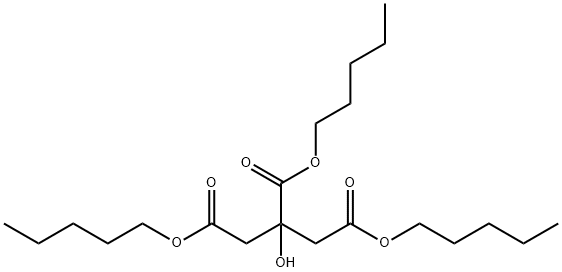
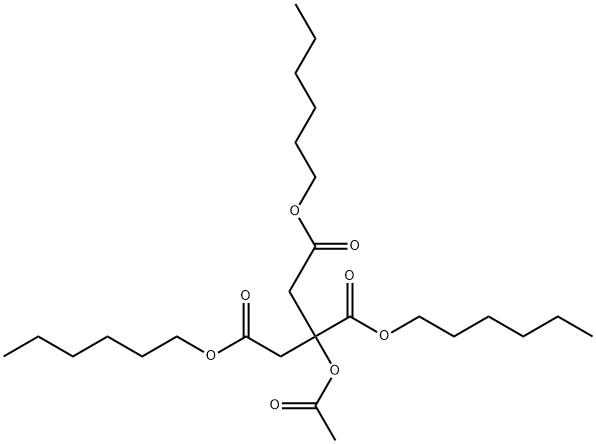
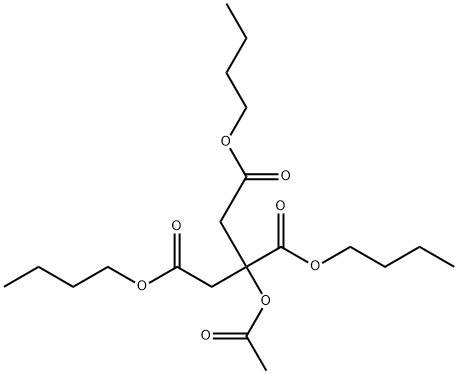
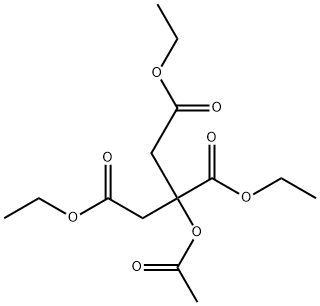
You may like
-
 Trimethyl Citrate CAS 1587-20-8View Details
Trimethyl Citrate CAS 1587-20-8View Details
1587-20-8 -
 Trimethyl citrate 98% CAS 1587-20-8View Details
Trimethyl citrate 98% CAS 1587-20-8View Details
1587-20-8 -
 Trimethyl citrate CAS 1587-20-8View Details
Trimethyl citrate CAS 1587-20-8View Details
1587-20-8 -
 TRIMETHYL CITRATE CAS 1587-20-8View Details
TRIMETHYL CITRATE CAS 1587-20-8View Details
1587-20-8 -
 17604-74-9 3-Pyridineacetonitrile, α-hydroxy- 98+View Details
17604-74-9 3-Pyridineacetonitrile, α-hydroxy- 98+View Details
17604-74-9 -
 Cyclohexane, (2-propynyloxy)- 67967-07-1 98+View Details
Cyclohexane, (2-propynyloxy)- 67967-07-1 98+View Details
67967-07-1 -
 3-Iodophenylacetic acid 1878-69-9 98+View Details
3-Iodophenylacetic acid 1878-69-9 98+View Details
1878-69-9 -
 132945-75-6 (S)-1-Boc-3-methanesulfonyloxy-pyrrolidine 98+View Details
132945-75-6 (S)-1-Boc-3-methanesulfonyloxy-pyrrolidine 98+View Details
132945-75-6
Statement: All products displayed on this website are only used for non medical purposes such as industrial applications or scientific research, and cannot be used for clinical diagnosis or treatment of humans or animals. They are not medicinal or edible.
